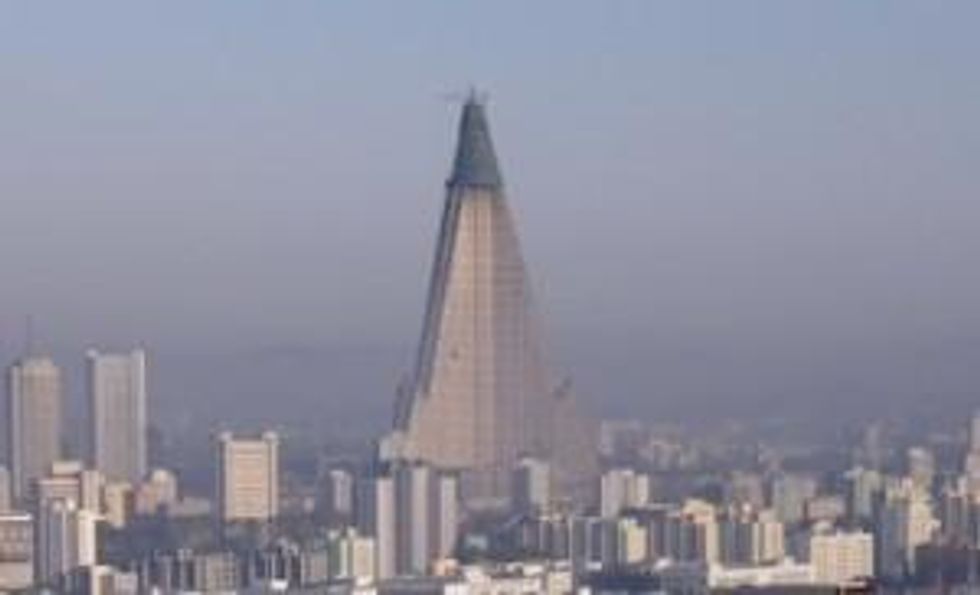Rare Earth Discovery Puts North Korea on the Map
A recent rare earth discovery in North Korea shows that the country potentially hosts more rare earths than China.
UK-based SRE Minerals recently announced the discovery of a large rare earth deposit in the Democratic People’s Republic of Korea (DPRK), better known as North Korea; the company believes it could be one of the biggest rare earth deposits anywhere in the world.
Concurrently, SRE signed a joint venture agreement with Korea Natural Resources Trading for the rights to develop rare earth element (REE) deposits at Jongju, located north of Pyongyang, the capital of North Korea, for the next 25 years. The agreement includes an opportunity to renew for a further 25 years. Through the joint venture, a new British Virgin Islands-based company called Pacific Century Rare Earth Minerals was created. That company has been granted the right to create a processing plant at the site in Jongju.
Initial assessments of the Jongju project indicate a total deposit of some 6 billion tonnes of mineralization; that includes 216.2 million tonnes of rare earth oxides, from light REEs like cerium to heavy REEs, which are more valuable. The lead scientist on the project, Dr. Louis Schurmann of the Australian Institute of Mining and Metallurgy, confirmed in a release that the Jongju deposit is the largest known in the world.
“This joint venture agreement reinforces the strong and constructive relationship SRE has developed with the DPRK over [the period of exploration],” Mining Weekly quotes Schurmann as saying. “The REE resource potential of the DPRK, while estimated to be massive, has only been lightly explored to date. Given the major economic significance of the effective utilization of these important minerals to the DPRK, we look forward to working in close cooperation with our partner to progress the development of this excellent opportunity.”
A landmark discovery
The deposit at Jongju more than doubles current global known reserves of rare earth oxides — they now stand at 110 million tonnes. The Jongju deposit is believed to be worth trillions of US dollars, and may be able to produce fluorite, apatite, zircon, nepheline, feldspar and ilmenite as by-products.
Further exploration will proceed in March 2014 and will include core drilling. Results will be reported according to Australia’s JORC Code, a standard for mineral disclosure that is used worldwide.
REEs financing North Korean economic development
REEs are improving North Korea’s economic situation, according to the Asia Times. New construction and improved infrastructure are in evidence in many cities, and the magnitude of the country’s REE reserves continues to attract foreign interest — and foreign investment. In fact, analysts believe REEs, which fetch high prices, may enable North Korea to improve its economic situation without any real reform or structural change. Such an increase in prosperity could improve conditions for the country’s citizens, as well as international relations.
That possibility becomes increasingly likely as China limits its REE output and exports, making room in the market for another supplier. China currently controls more than 95 percent of the world’s REE production, as per the Asia Times, but it does not have the technology to exploit its reserves to the fullest. North Korea even exports REEs to China, and has done so for a number of years.
Risks of doing business in North Korea
Of course, foreign firms still face high barriers in doing business of any kind in or with North Korea. For example, the country has no formal relations with Japan and is still technically at war with South Korea. Both countries trade with North Korea on an extremely restricted basis because of its frequent provocations and stated intent to develop nuclear weapons, Voice of America states. Further, North Korea’s infrastructure is still very poor — though, as mentioned, it is improving — and can increase costs for mining companies.
“The last company that really went in big in the North was of course South Koreans during the Sunshine Policy,” Scott Bruce, an associate at the East-West Center in Hawaii, told Voice of America. “And you had KORES, the Korean resource group, that invested heavily in a few joint mineral projects in the north. And then, when the political relationship between North and South deteriorated, they lost any word of what was happening in those mines.”
Related reading:
JV to Develop “World’s Largest Known REE Deposit” in North Korea
Could North Korea be the Next Rare Earth Powerhouse?
